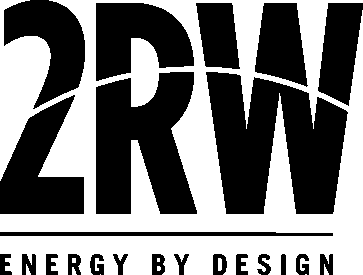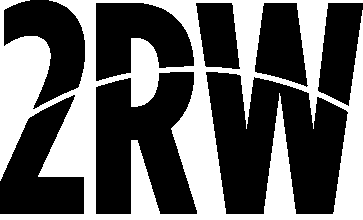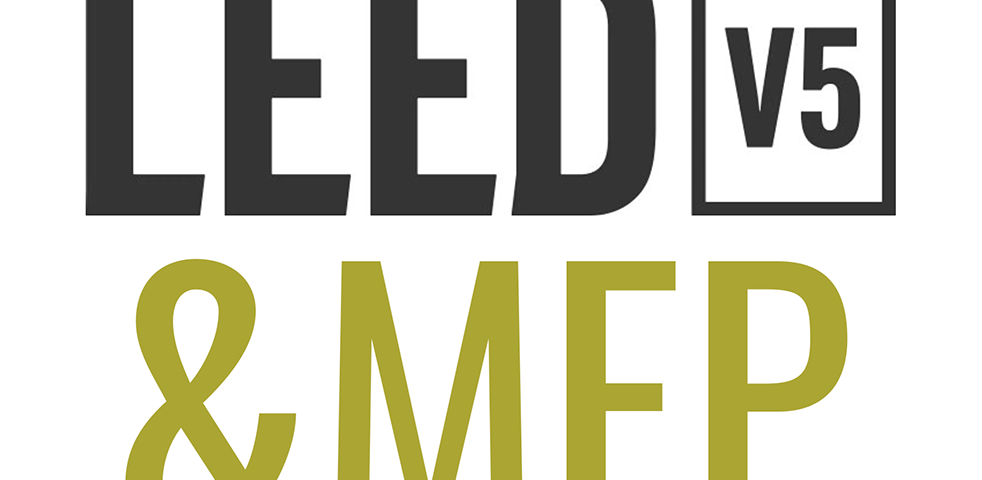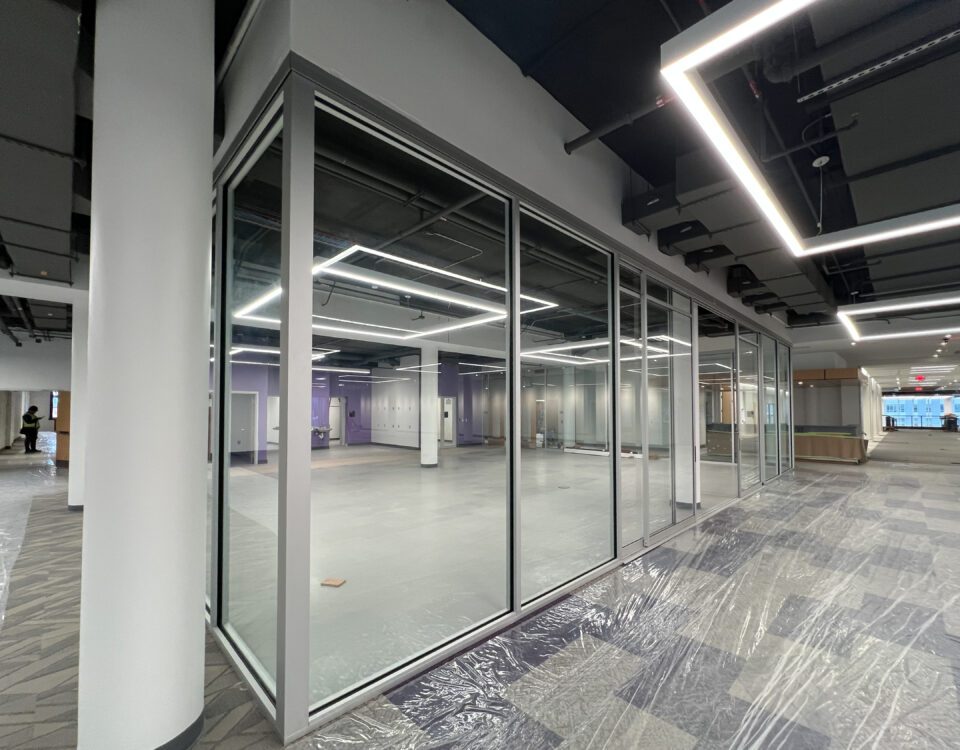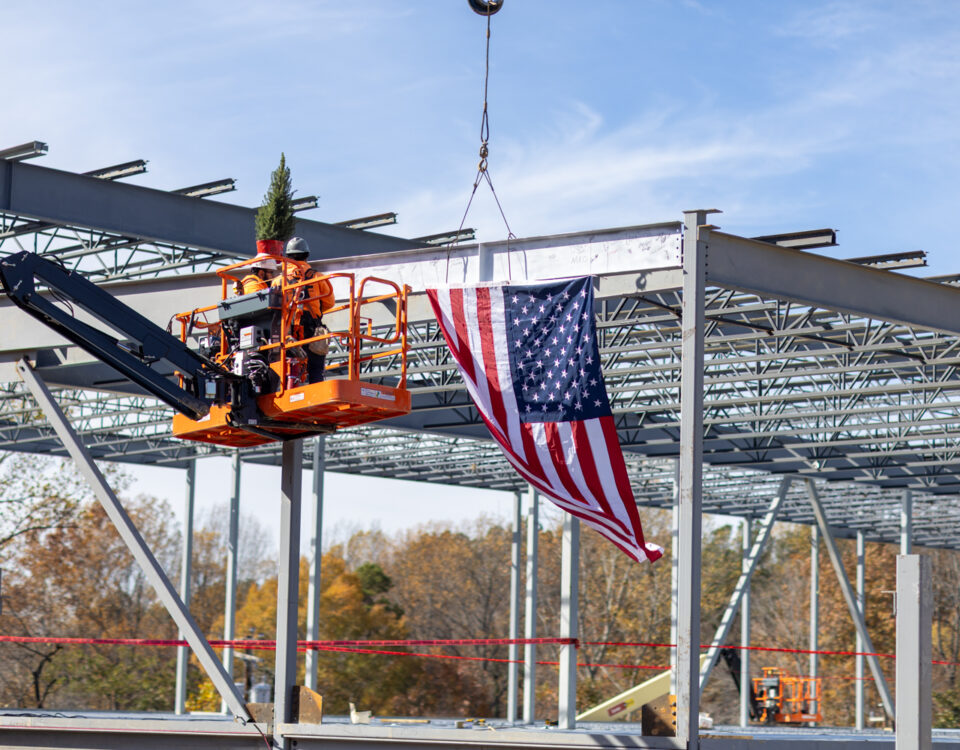
LEED v5 represents a significant step forward from previous versions of the rating system. Performance thresholds have become more stringent, and additional actions are now required as prerequisites for certification. Some of the default, “easy” credits have been shifted to prerequisites. There are minimum thresholds that must be attained on certain credits to earn Platinum-level certification. Project teams must think beyond design to the building’s operational phase and plan for decarbonization and low- or zero-waste operations. Projects will need to do more than they are doing now. Period.
All of that is in furtherance of three key themes: decarbonization, increased quality of life, and ecological conservation. These are admirable goals and essential efforts in the face of a rapidly strengthening climate crisis. They also have a direct influence on the expectations placed on the MEP team during the design process. Key updates include:
LEED v5 UPDATE
![]() Decarbonization Focus: Reductions in both operational and embodied carbon are a primary goal. Projects must work with USGBC to quantify expected carbon emissions from the project and plan for electrification or other means of decarbonization. Reductions in embodied carbon are well-rewarded.
Decarbonization Focus: Reductions in both operational and embodied carbon are a primary goal. Projects must work with USGBC to quantify expected carbon emissions from the project and plan for electrification or other means of decarbonization. Reductions in embodied carbon are well-rewarded.
![]() Energy Performance Overhaul: Stricter energy performance standards are paired with a strong focus on electrification, reductions in peak thermal loads, and renewable energy generation.
Energy Performance Overhaul: Stricter energy performance standards are paired with a strong focus on electrification, reductions in peak thermal loads, and renewable energy generation.
![]() Boosting Grid Resilience: Encourages reductions in peak loads as well as integration of on-site energy storage and demand-response capabilities to reduce the strain on the electric grid.
Boosting Grid Resilience: Encourages reductions in peak loads as well as integration of on-site energy storage and demand-response capabilities to reduce the strain on the electric grid.
![]() Indoor Environmental Quality (IEQ) Enhancements: Stricter ventilation requirements are paired with MERV 13 filtration and entryway systems now being required design elements rather than optional add-ons. Air quality risks from outdoor events and disease vectors are considered.
Indoor Environmental Quality (IEQ) Enhancements: Stricter ventilation requirements are paired with MERV 13 filtration and entryway systems now being required design elements rather than optional add-ons. Air quality risks from outdoor events and disease vectors are considered.
![]() Water Efficiency & Conservation: Updated water performance credits with greater emphasis on leak detection and water reuse systems.
Water Efficiency & Conservation: Updated water performance credits with greater emphasis on leak detection and water reuse systems.
![]() Resilience and Climate Adaptation: Assessment of climate change hazards is now required, and greater emphasis is placed on designing buildings to maintain safe conditions and continuity of critical operations during extreme weather events and grid disruptions.
Resilience and Climate Adaptation: Assessment of climate change hazards is now required, and greater emphasis is placed on designing buildings to maintain safe conditions and continuity of critical operations during extreme weather events and grid disruptions.
MEP IMPACT
New requirements encourage all-electric, high-efficiency HVAC systems with flexible loads, especially for new construction. Points are awarded for avoiding fossil fuels and minimizing embodied carbon in MEP system design through careful refrigerant selection and leak monitoring, as well as equipment reuse where possible.
Projects must demonstrate compliance with tighter building performance factor (BPF) targets and increased energy efficiency levels to earn points. MEP teams will need to focus on more than just general energy efficiency, with many points being shifted toward specific end goals like reducing peak heating and cooling loads per floor area, integrating energy recovery, addressing thermal bridging, and installing or procuring renewable energy.
MEP designers will be tasked with designing systems that reduce peak loads where possible and evaluating on-site energy storage options. Teams will also need to engage in deeper coordination of controls and metering infrastructure with the owner’s operational energy needs if they are asked to design for possible demand shaving.
HVAC systems will need to integrate MERV 13 filtration for outdoor and recirculated air. Credits encourage system design that will allow for mitigation of wildfire smoke intrusion and infection risk. MEP teams will also need to balance the competing demands of increased ventilation requirements and more opportunities for monitoring/controls with the goal of reducing operational energy usage.
Plumbing designers will be asked to seriously evaluate options for leak detection sensors and water reuse systems in an effort to further reduce potable water consumption. This efficiency will need to be balanced with cost and the space needs of other disciplines.
Emphasis will be on systems that are supported by backup power, with points being awarded for the ability to support critical loads for at least 3 days during a grid outage. Focus will also be placed on coordination with the building envelope design to boost passive survivability features and maintain thermally safe conditions in both extreme heat and extreme cold.
LEED v5 raises the bar across all disciplines, and for MEP engineers, the shift is especially significant. At 2RW, we’re embracing this challenge with a proactive approach focused on collaboration, resilience, and long-term performance. These updates require more than just technical adjustments—they demand integrated, forward-thinking strategies that consider electrification, load flexibility, and a building’s operational impact from day one.
To better understand how these changes affect MEP design, 2RW partnered with Shift Sustainability Consulting to identify the most relevant updates. This collaboration reinforces our commitment to delivering designs that not only meet the new standards but also help define what’s next in sustainable engineering.
Beyond MEP, LEED v5 introduces a system-wide realignment around three global priorities: decarbonization, quality of life, resilience, and ecological conservation. These changes affect nearly every aspect of design and certification, requiring deeper collaboration and a stronger link between design intent and building performance. For a comprehensive understanding of how these broader shifts may impact your project, we encourage you to connect with our partners at Shift. For MEP-specific questions, 2RW is always ready to help.
